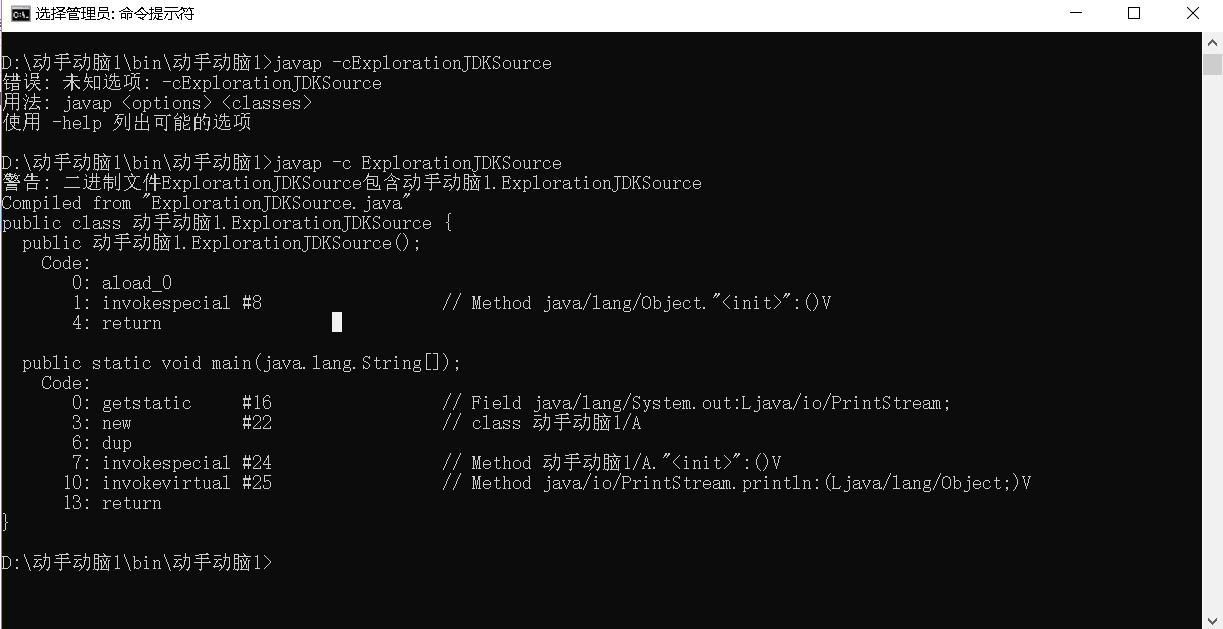1.继承条件下的构造方法的调用
1 package 动手动脑1; 2 3 public class Child extends Parent{ 4 public Child() { 5 6 System.out.println("Child Created"); 7 } 8 9 } 10 package 动手动脑1; 11 12 public class Parent extends Grandparent{ 13 public Parent() { 14 15 16 17 18 //super("Hello.Grandparent."); 19 20 System.out.println("Parent Created"); 21 22 // super("Hello.Grandparent."); 23 24 } 25 26 27 } 28 package 动手动脑1; 29 public class Grandparent { 30 public Grandparent() 31 { 32 33 System.out.println("GrandParent Created."); 34 35 } 36 37 38 public Grandparent(String string) 39 { 40 41 System.out.println("GrandParent Created.String:" + string); 42 43 } 44 45 } 46 package 动手动脑1; 47 48 public class TestInherits { 49 50 51 public static void main(String[] args) { 52 // TODO 自动生成的方法存根 53 Child c = new Child(); 54 55 } 56 57 }


当父类构造函数在子类构造函数之前调用之前,在构造函数前加super先调用父类的构造函数,当父类在子类之后无法调用构造函数
2神奇的加号
1 package 动手动脑1; 2 3 public class Fruit { 4 public String toString() 5 { 6 return "Fruit toString."; 7 } 8 public static void main(String[] args) { 9 // TODO 自动生成的方法存根 10 Fruit f=new Fruit(); 11 System.out.println("f="+f); 12 System.out.println("f="+f.toString()); 13 } 14 15 }

一个字符串和一个对象“相加”相当于调用这个方法
3探索技术的奥秘
1 package 动手动脑1; 2 3 public class ExplorationJDKSource { 4 /** 5 * @param args 6 */ 7 8 public static void main(String[] args) { 9 System.out.println(new A()); 10 } 11 12 13 } 14 class A{}
